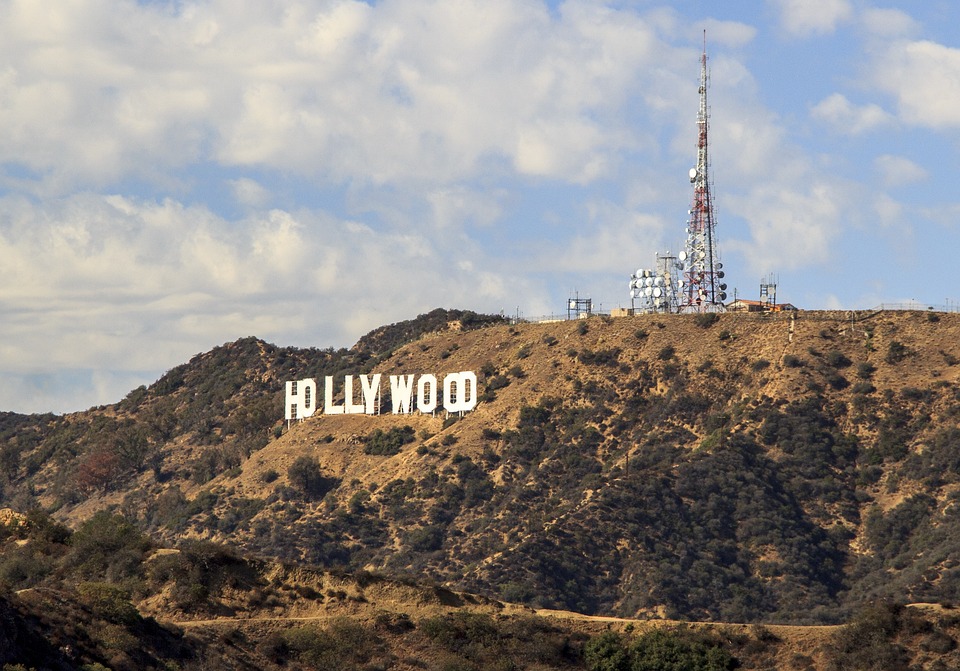The Evolution of Special Effects in Hollywood
From the early days of cinema to the high-tech blockbusters of today, special effects have played a crucial role in shaping the visual language of film. Over the years, Hollywood has pushed the boundaries of what is possible on screen, pioneering new techniques and technologies that have captivated audiences around the world. In this article, we will take a look at the evolution of special effects in Hollywood, from the early days of practical effects to the sophisticated CGI of today.
The Early Days of Special Effects
In the early days of cinema, filmmakers relied on practical effects to bring their visions to life. Techniques such as forced perspective, matte painting, and miniatures were used to create the illusion of scale, while makeup artists worked their magic to transform actors into fantastical creatures. One of the most iconic examples of early special effects is the 1933 film “King Kong,” which used stop-motion animation to bring the giant ape to life.
As technology advanced, filmmakers began to experiment with new techniques to create even more realistic effects. The 1950s saw the rise of the “creature feature,” with films like “The Creature from the Black Lagoon” and “Invasion of the Body Snatchers” using elaborate costumes and makeup to bring their monsters to life. Meanwhile, the 1960s saw the emergence of groundbreaking visual effects in films like “2001: A Space Odyssey,” which used practical effects and innovative camera techniques to create the illusion of outer space.
The Rise of CGI
In the 1970s and 1980s, the advent of computer-generated imagery (CGI) revolutionized the world of special effects. Films like “Star Wars” and “Tron” pushed the boundaries of what was possible on screen, using CGI to create realistic spaceships, creatures, and environments. However, it wasn’t until the 1990s that CGI truly came into its own, with films like “Jurassic Park” and “Terminator 2: Judgment Day” showcasing the power of computer-generated effects.
The 2000s saw a boom in CGI technology, with films like “Avatar” and “The Lord of the Rings” trilogy pushing the boundaries of what was possible on screen. These films used sophisticated motion capture technology and photorealistic rendering to create immersive worlds and breathtaking visual effects. Meanwhile, practical effects continued to have a place in Hollywood, with filmmakers blending traditional techniques with cutting-edge CGI to create increasingly realistic and immersive worlds.
The Future of Special Effects
As technology continues to advance, the future of special effects in Hollywood looks brighter than ever. With the rise of virtual reality, augmented reality, and real-time rendering, filmmakers have more tools at their disposal than ever to create immersive and engaging experiences for audiences. Films like “The Jungle Book” and “The Lion King” have pushed the boundaries of what is possible with CGI, creating photorealistic animals and environments that are indistinguishable from the real thing.
In addition to CGI, practical effects are also seeing a resurgence in Hollywood, with filmmakers embracing traditional techniques like puppetry, animatronics, and miniatures to create tangible and realistic effects on screen. This blend of practical and digital effects allows filmmakers to create a seamless and immersive visual experience for audiences, blurring the lines between reality and fantasy.
Overall, the evolution of special effects in Hollywood has been a testament to the ingenuity and creativity of filmmakers and visual effects artists. From the early days of practical effects to the cutting-edge CGI of today, special effects have played a crucial role in shaping the visual language of film and creating unforgettable movie moments. As technology continues to advance, the future of special effects in Hollywood looks brighter than ever, with filmmakers pushing the boundaries of what is possible on screen and creating immersive and engaging experiences for audiences around the world.
